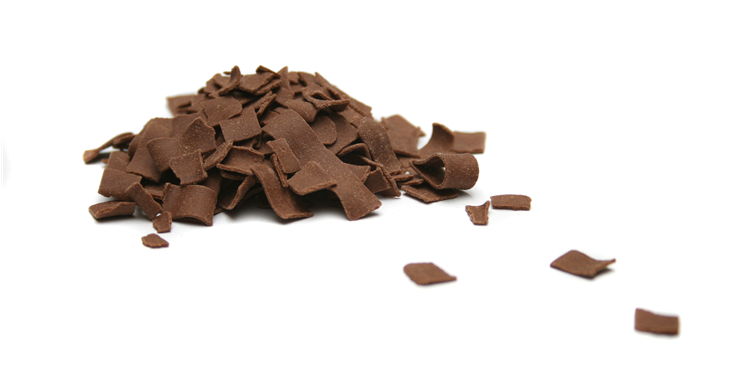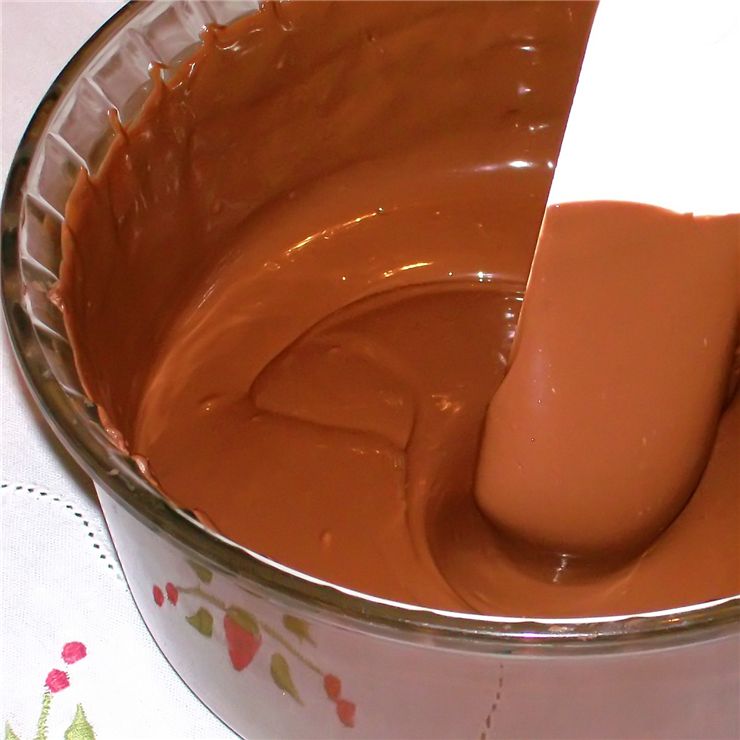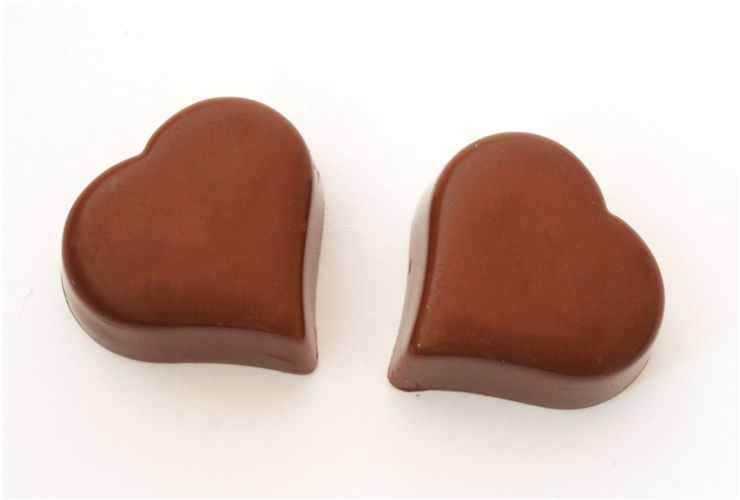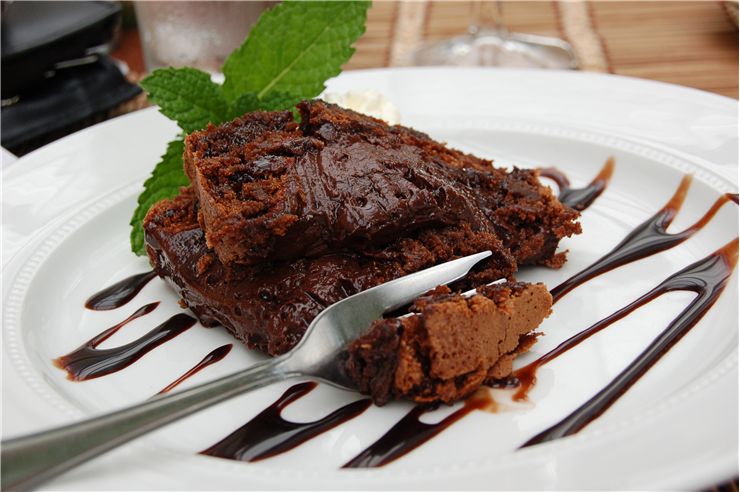Chocolate in Spain
Chocolate is a popular food that has reached all four corners of the earth since the first traders filled their ship cargos with cocoa beans and sailed from Central America back to Spain, where this new and fascinating treat was embraced. With the slow but steady adoption of chocolate by Spain nobles and royals, chocolate became a staple of the high-class European cuisine, forcing the quick expansion of cocoa production in Central America and Africa. But this rise in popularity would never happen without the support of Spain, who first realized the potential of the cocoa bean, which was initially viewed as inedible food that was unpleasant and bitter to taste.
But how chocolate came into Spanish hands? The first encounter of cocoa beans with the European explorers happens during the exciting years of the Age of Sail. Pushed by the high taxes that Venetian states enforced on all land travel between Europe and rich India and China, Spain and Portugal created large fleets of exploratory ships with the sole goal of finding the sea route to the Orient. While some focused on exploring the southern coasts of Africa, Christopher Columbus, with the backing of Spain, elected to sail all the way it was possible to the west. This led him to the discovery of the New World, which he thought was the remote part of Asia, land that was under the firm grasp of the Portugal traders. During his 4th journey to the New World, a summer storm in 1502 forced him to land in Bay Islands, where he encountered a surprisingly large trading boat from Mayan lands. Seeing an unexpected ship commanded by the natives, Columbus detained the ship and found a large cache of cocoa beans in its cargo. Not seeing any significance to this inedible and strange bean, he let the ship go and returned to Europe.
More than 15 years later, the organized military force of Spanish Conquistadors arrived in the territory controlled by Mayans and Aztecs, where they came in much closer contact with cocoa and the cold and bitter chocolate drink “chocolatl” that was seasoned with strange spices (vanilla, peppers). They saw that all natives consumed this drink, beans were used as money, and Aztec royalty had specific rituals and recipes regarding this strange drink. After destroying Aztec Empire, Hernan Cortes devised his plans to manufacture and transport cocoa beans to Europe. After improving the recipe for a chocolate drink with the addition of sugar (which was not present in Central America before the arrival of Europeans), the Spanish court and nobles embraced this very expensive drink. Around 1580, organized transport of cocoa beans started arriving at Spanish ports. For around 100 years, only Spain and Portugal maintained a tradition of consuming this exotic drink, but that changed in the late 17th and early 18th century when the European high class from other countries embraced chocolate. The fascination of nobles with drinking chocolate went to such levels that Central America and Africa became large suppliers of cocoa beans to Europe and North America. Nobles of that time used chocolate to showcase and “prove” their wealth to others and entertain visitors. 17th and 18th-century Spanish custom demanded that ladies gifted male visitors with the cup of a chocolate cup, which was consumed by sitting on expensive cushions.
This time represented the golden age of chocolate in Spain. Shortly after that, coffee replaced chocolate in the homes of nobles and royals, and advances in chocolate production brought prices down and enabled everyone to enjoy this wonderful sweet food.



